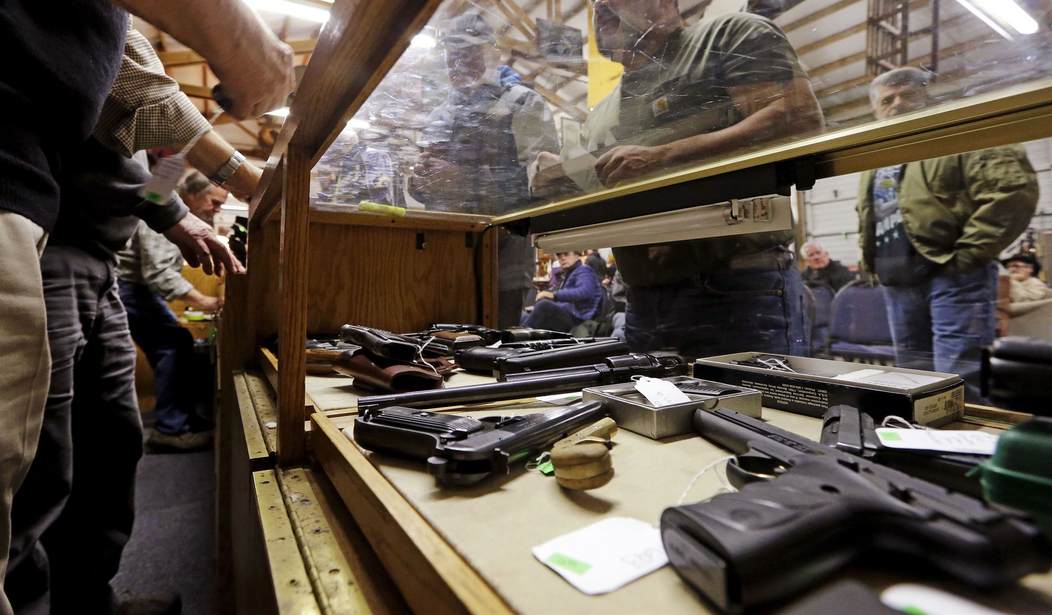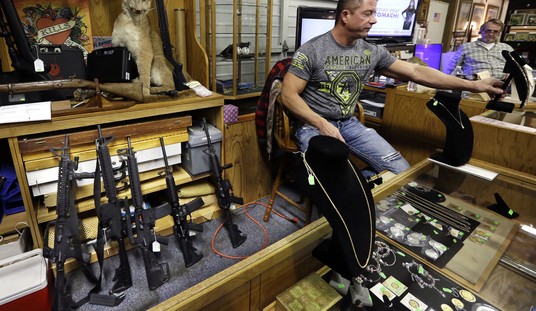Anyone who covers politics in any way, shape, or form tends to use statistics. This is also true of your humble gun rights bloggers such as yours truly. The truth is, people need to know hard facts when dealing with gun control or gun rights. They want hard numbers.
The truth is, statistics can do a whole lot to change minds.
Perhaps that’s why so many people use misleading statistics when they advocate in favor of various things, such as gun control.
I was reminded of just how common that is when I came across a report for gun laws being proposed in Washington state this year. The state has gone pretty heavily anti-gun lately, and most of this is the usual grab bag of stuff you’d expect.
However, the report at The Olympian includes some pretty bogus statistics to make the case for one particular bit of legislation.
The group is proposing a measure that would add training to “ensure people carrying concealed weapons know how to safely handle them,” the alliance said in a statement.
They also are bringing back a bill that would allow the State Patrol to destroy confiscated crime guns rather than selling them back to the public.
Washington state allows law enforcement agencies to decide whether to destroy, sell or trade crime-scene firearms. The law is stricter for the State Patrol, which is required to auction off or trade most such guns.
An Associated Press investigation found of the nearly 6,000 firearms used in crimes and then sold by Washington law enforcement agencies since 2010, more than a dozen later became evidence in new investigations.
One of the guns sold by the State Patrol was used by a veteran to commit suicide, the AP found.
Note the last two paragraphs quoted, if you would.
These look like statistics. Some would read that and think that this must represent a real problem. Yet, is it? Is it really?
If we take “more than a dozen” to mean 13 guns (a fair assumption), then those firearms used in crimes a second time represent less than 0.22 percent. The problem for proponents of this measure is that no one is swayed by 0.22 percent. It suggests this isn’t a problem and, as a result, the bill may not get the support someone wants it to get.
If just one of those guns was used in a suicide, that represents less than 0.017 of those guns used for such a thing.
And keep in mind that this is over the span of almost a decade and in a state of over 7.5 million people.
Further, they don’t give you any framing, nothing to compare these so-called statistics against. For example, what’s the rate of other guns turning out to be used in crimes? How many of these crime guns were stolen or otherwise obtained illegally by the criminals who used them this time?
We don’t have any of that. We’re not supposed to have any of that, either.
You see, this is a made-up problem. The state police in Washington are required to sell the guns because it’s a cheaper way of disposing of them. It actually creates revenue for the state rather than an expense. Especially since these guns cost the state nothing, really. It’s pure profit.
But the anti-gun forces taking control of the state don’t like guns.
At all.
So, they have to present this as a real problem that needs to be dealt with. What you see in these “statistics” is nothing more than an attempt to fabricate a problem so they can sell you the solution.
This is what so much of gun control really does, though. The so-called “gun violence epidemic” the media keeps pushing comes during a time of crime trending down as it has for decades. The claim of assault weapons being some major problem flies in the face of remarkably few crimes being carried out with the unwieldy weapons.
It’s been said there are lies, damn lies, and statistics. If this doesn’t prove that to you, nothing will.








